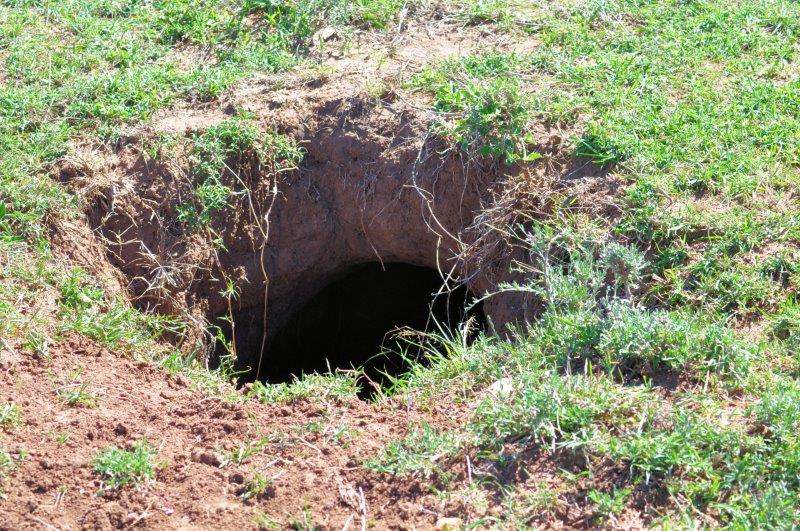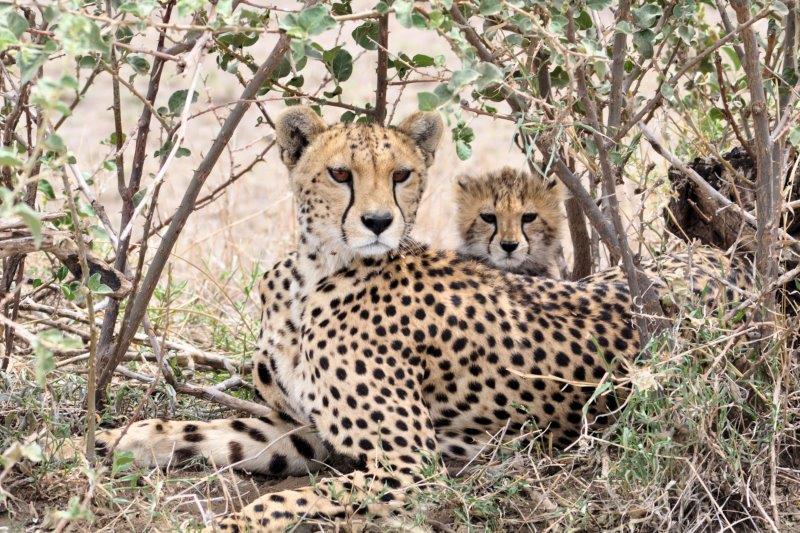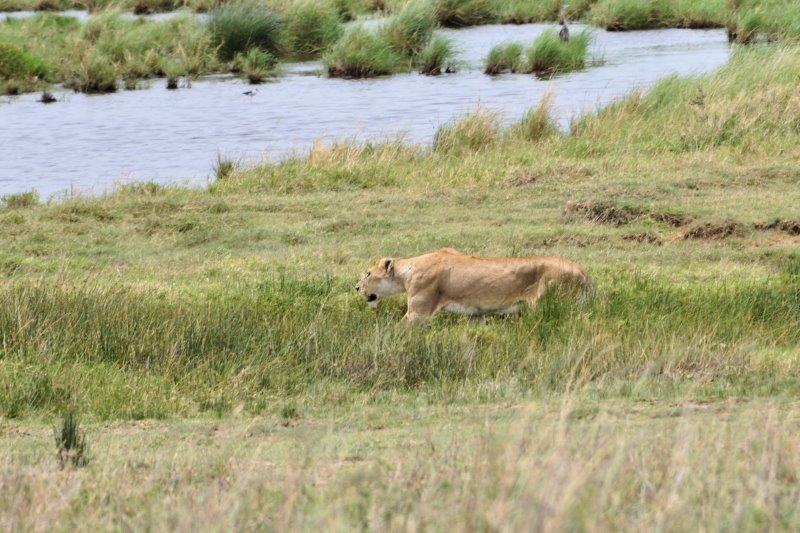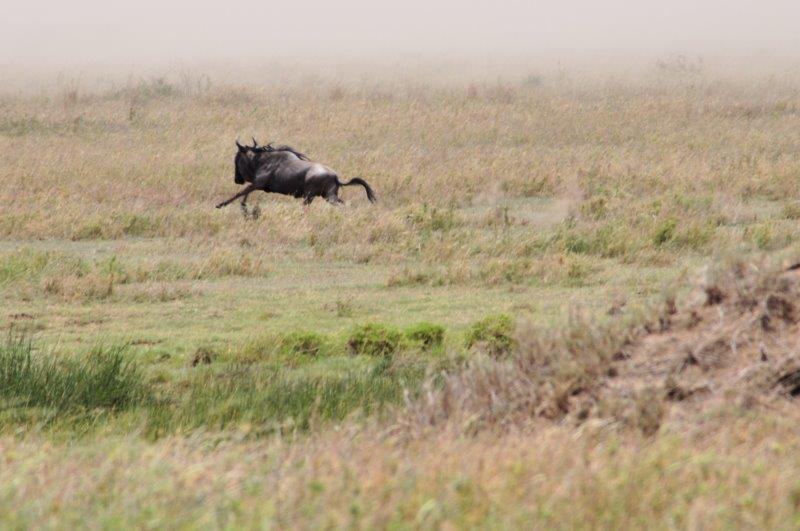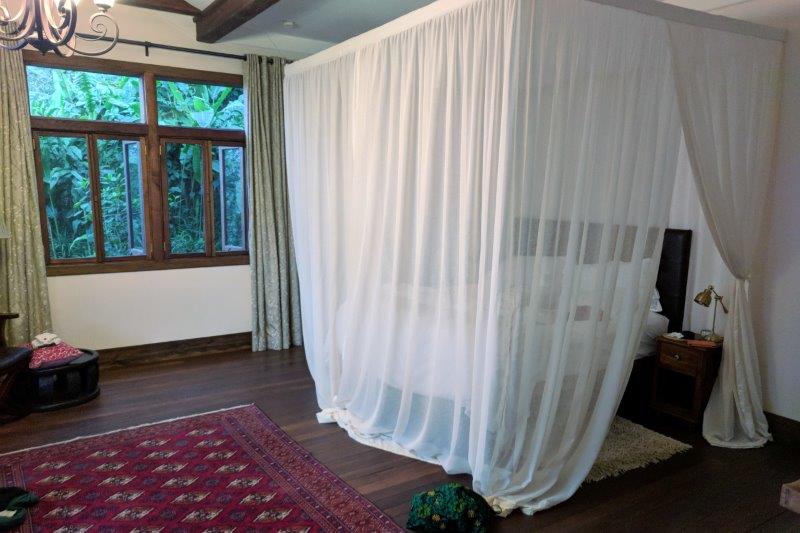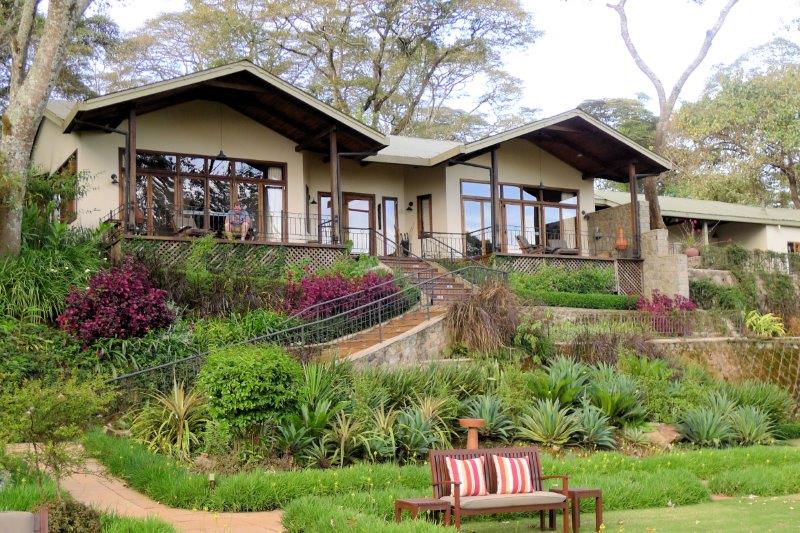How to describe this adventure? This post will be rambling as was the hunt for the Muonza Family, a family that has been an easy hike to see since June (important point).
Let’s start with the Group members:
- Mark and Susan
- Tom from Belgium – about 50’ish in age, perfect English, nice guy
- DC man and woman (DCM and DCW) – in their 70’s, we’re guessing.
- Alabama man and women (ALM and ALW), friends with DCM and DCW– younger, maybe in their 60’s.
DCM, DCW, ALM, ALW had trekked the day before on what turned out to be a steep hike in the forest for 2 hours. That was their description of that hike and they made sure to tell the guide, Patrick, and the group about this.
The day before they’d been accompanied by another friend who used eight porters to carry him on a stretcher to see the gorillas. This is an option for $200. Since we never saw the stretcher (“African helicopter” as the guides call it), we have no idea what it looks like. Friend opted not to come on the 2nd trek.
Note: if you do a hard hike one day, you will generally be assigned an easy hike for the next day.
Patrick tells us about our family and its silverback leader and off we go. Mark and I each hire 2 porters and Tom hires one porter (important part of the story). The other four people hire one porter per couple. We trek through farm fields and DCM slips off a ledge about 2 feet and tells the guide he needs to stop. The guide talks with DCM and the DCM continues on the trek. Note – you are told that when the group starts, the group has to stick together since there is only one ranger with a gun with the group and the group can’t be split up. We reach the wall, and start hiking UP the volcano. The whole time Patrick is talking to the tracker about the gorilla family location.
The whole saga goes from bad to ludicrous from here on. When we reach the wall, DCW wants to know how far away the gorillas are because they have to be done with the trek by 11 AM so they can go back to the hotel, pack, shower and drive to Kigali because they have 17-hour flight to get home to the US. “They were promised the trek would be done by 11 AM”.
It’s getting a bit slippery, but Susan’s two porters are amazing in the slippery places and steeper areas. One of Mark’s porter and Tom’s one porter go off to help DCM and DCW.
A bit further on, DCW complains “the trek is taking too long and they have a 17-hour flight home. They can’t keep trekking. They were promised this trek would be short.” The tracker via radio tells Patrick that Silverback Muonza has figured out that another family is in the territory and has gone off to fight with them to chase them off. The rest of his family is scattering through the forest but a few gorillas are nearby. Patrick tells the DCM, DCW we are only 10-25 minutes from the gorillas. He encourages them to continue.

We had paths part of the way but, eventually, the trackers cut the jungle away and we trekked through it.

Patrick was our guide for Trek #1 and the search for the elusive group.
Another note: Before you can visit with the gorillas, you give your walking sticks and backpacks to your porters who stay with them. The only people who go to the gorillas is the guide, 8 visitors, trackers, and ranger.
Anyway, we all stick together and manage to see about 4 gorillas for a short amount of time. To see more of the family, we have to trek through rain forest that is being hacked down by the trackers. At this point we are going straight uphill and walking over very slick plants that have just been cut by the trackers with machetes.
DCM and DCW refuse to go any further so Patrick has to decide what to do about porters, trackers, etc. DCM and DCW stay in a clearing with two porters while the rest of us go chasing through the jungle with trackers using machetes to hack down the undergrowth. Thank heavens they helped me walk on the undergrowth (I must have looked pitiful.) to keep my feet from getting tangled and falling!

Watching a gorilla have a little snack.
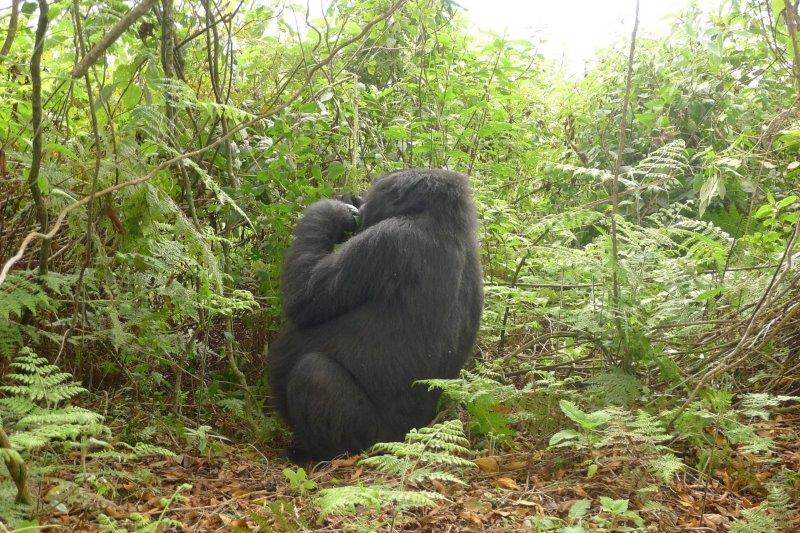
The gorillas were bigger than I imagined. This one was sitting on the trail.
We see another two gorillas before the gorillas take off running. At this point we all head downhill to a clearing with Patrick trying to find out where the silverback is. Now, ALM and ALW say it is getting late and they all need to leave and they can’t go without DCM and DCW – remember the 17 hour flight!
The porters bring DCM and DCW to our group and after a bit of discussion, the four of them with their two porters and a tracker leave. We have no idea if or how they got down because at this point Tom and Mark each get their porters back. DCM & DCW asked why the porters weren’t going with them and Patrick said they didn’t hire the porters and the porters were staying with Mark & Tom. With all porters back, we go downhill to try to find the silverback.
Thank heavens for John (an ex-poacher) and Emil who helped me through all the brush and mud and over rocks and down slippery slopes. The three of us were pretty far behind Mark and Tom and Patrick. We all met up in a potato field at the bottom while Patrick checked with the trackers again/continuously!

This was our group at then end of the trek as we waited in the potato fields for an update from the trackers.
It’s now been 4 hours of hiking and we are all (probably not the porters) tired. When Patrick hears that the silverback has headed up the mountain to find his family, we admit defeat and head back to the cars.
We could tell Patrick was very frustrated with the gorillas and with DCM, DCW, ALM, ALW. He just shook his head and apologized because we didn’t see the silverback of the Muonza family – it’s nature! The next day, our guide, Fernando, told us that trekking guides have to fill out a report if they don’t see gorillas and the group can come back the next day for a free permit or get another one free the next time they visit Rwanda.
It was an adventure! Our group of three was the last one to return of the day and Patrick reported to the head ranger that Muonza Family needs to be reclassified as hard family because the silverback is moving around trying to add females to his family by fighting. He promised we’d get an easy family tomorrow!
We started out as an easy group, but finished as the hardest trek that day. All the Rwanda people we spoke to knew that our family had become the most difficult trek. We climbed over a 650 feet in a mile so we had approximately a 12.3% grade.




